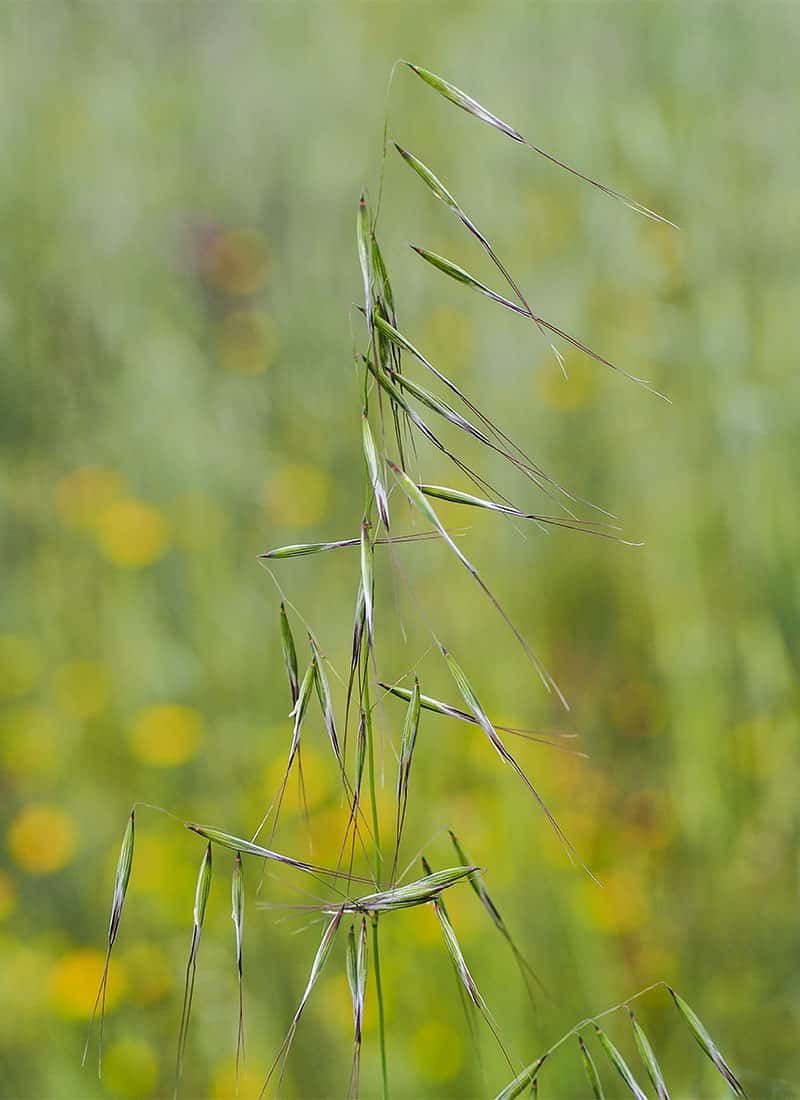
Latin name: Avena strigosa
Family: Poaceae
Agronomic characteristics
This oat is native to Europe and has been used in South America for its biomass and fodder production. It often proves to be earlier in heading than spring oats. Since it regularly goes through the bolting process in winter, its stems freeze easily. If it is not sufficiently advanced, tillers can start up again in spring. It is much less susceptible than common oats to virus infections and crown rust. On average it produces more biomass than winter or spring oats (+ 15% biomass and + 37% nitrogen absorbed). It has a lower TWK than other oats, hence lower seeding rates. There are significant differences between varieties. It is the earliness of heading that differentiates them most. Early varieties produce biomass faster but have a higher carbon/nitrogen ratio. In addition, they can produce viable seeds if sown very early. Late varieties should be preferred for early sowing and early varieties for late sowing. For the same earliness, there can be differences in biomass production of up to 20-30%.
Find this variety in our mixTUREs:
- LIDCOVER DUO
- LIDCOVER FLEXI
- LIDCOVER LEGO20
- LIDVINE LEGUMI
- LIDVINE VICIA B/O
- LIDVINE NARBO
- LIDVINE NEMA
- LIDCOVER NUTRI
- LIDCOVER OPTICORN
- LIDCOVER POM20
- LIDCOVER STRUCTUR20
- VITAL20.COUV
- LIDCOVER VITAL30
- LIDVINE B/O
- LIDCOVER WINTER
- LIDVINE XIPHI
Lidea variety Specificity
- Late variety : IAPAR61
- Early variety : IPR CABOCLA

